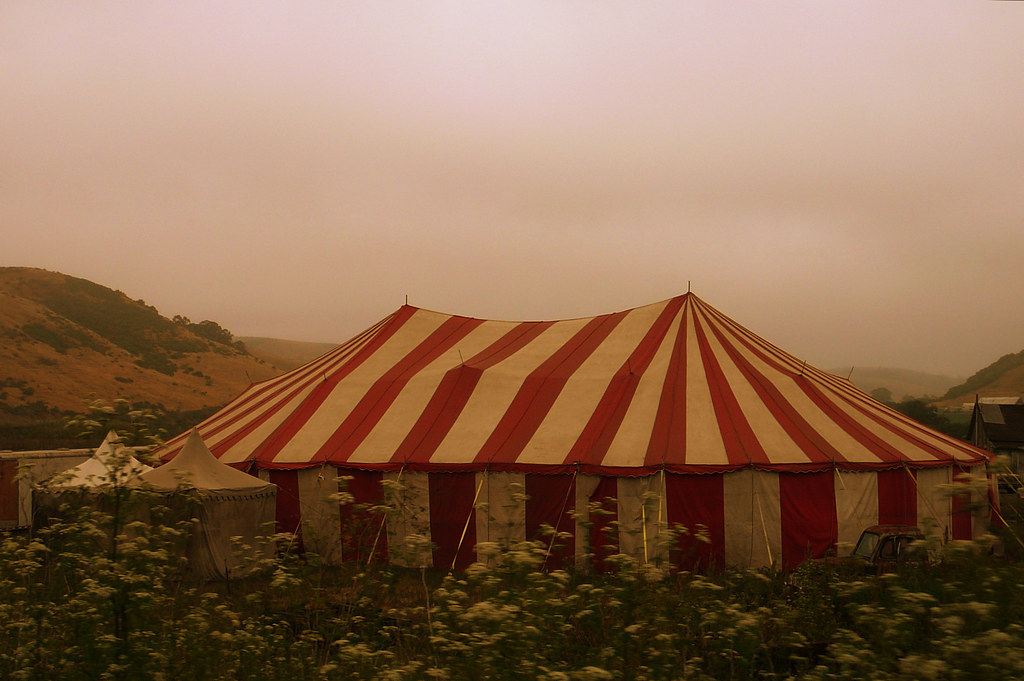
For seasoned thru-hikers, the trail teaches through hardship. While we celebrate gear ingenuity, anguish often stems from equipment that falls short. In backpacking, few items are as critical as the tent. Your shelter is your last defense against the elements; its failure can lead to discomfort or serious safety concerns, transforming anticipated nights into battles.
The quest for optimal balance—weight, cost, durability, livable space, ease of pitch—is continuous. Many tents, even praised ones, harbor critical design flaws. These shortcomings transform a promising shelter into regret: sleepless nights battling condensation, wrestling with finicky setups, or persistent worry over inadequate protection. In such moments, hikers often wish for a different choice.
Drawing on user experiences and expert critiques, this unsparing assessment highlights issues that turn promising shelters into sources of profound regret. We aim to educate and guide, helping you identify common tent pitfalls and avoid “anguish on the trail.” From finicky setups to structural weaknesses, explore tents and philosophies that have left hikers longing for a better wilderness experience.
1. **The Fussy Trekking Pole Tent (e.g., Zpacks Duplex)**Ultralight trekking pole shelters, exemplified by the Zpacks Duplex, are praised for minimal weight yet frequently present significant daily frustrations. While “one of the lightest and most durable two-person trekking pole shelters available,” their optimal performance demands specific skills and environment. Hikers often grapple to “find a balance between trekking poles and guy lines, which can be challenging and changes every night,” transforming camp setup into a taxing chore after a long day.
Anguish associated with these tents extends to campsite selection and reliability in adverse weather. Finding “a large enough flat spot that accepts stakes can be a chore,” limiting viable camping options and adding stress. The need for “eight stakes to get adequate tension,” especially when a “large, square panel moves too much to actually use in any wind without (the extra two stakes),” means reliable protection often hinges on perfect conditions and a diligent, time-consuming setup. This dependency leaves hikers vulnerable when weather deteriorates.
Even when perfectly pitched, internal conditions can lead to regret. “Condensation is also a chronic issue on nights when the storm doors are closed,” often resulting in a damp interior. “A-frame walls make it impossible to avoid brushing against this moisture,” virtually guaranteeing wet sleeping gear. Despite ultralight benefits and “rugged DCF construction,” the Duplex—and similar designs—can become a daily source of discomfort and a quiet wish for a more forgiving shelter, especially given its “hefty price tag.”
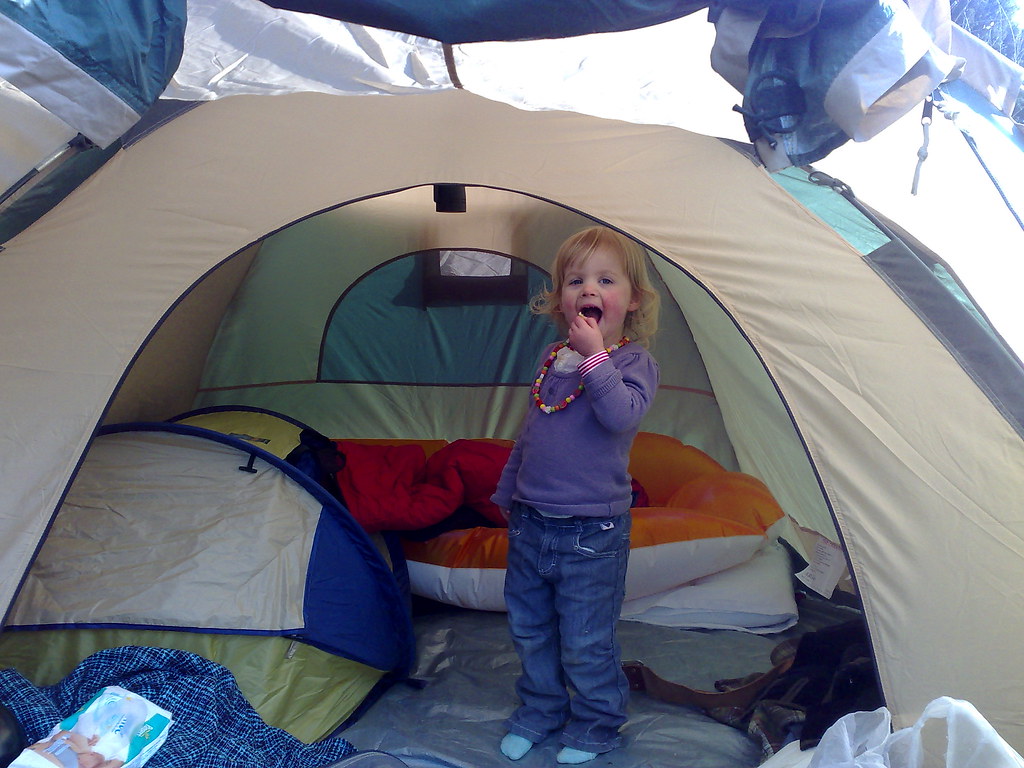
2. **The Small-Entry Semi-Freestanding Tent (e.g., Big Agnes Tiger Wall UL 2)**Semi-freestanding tents, like the Big Agnes Tiger Wall UL 2, aim for lighter weight but often introduce ergonomic frustrations that lead to regret. A common complaint centers on access, where “vestibules can be hard to crawl in and out of.” This seemingly minor detail becomes a daily annoyance, especially when managing wet gear or navigating in the dark, turning simple movements into awkward struggles that detract from the tent’s livability.
Compromises in space and integrity also contribute to hiker anguish. While offering improved shoulder room, it’s “a tad smaller than the Copper Spur with less foot room,” feeling restrictive for those valuing internal space. Moreover, the “rain fly can get snagged on the zipper,” a persistent nuisance eroding confidence and adding to daily fiddliness. Such recurring small failures accumulate, diminishing user experience and fostering dissatisfaction with a tent that promised a better balance of features.
A significant design flaw is the “body-first pitch, which means your tent interior will be exposed to rain when pitching until you can set up the fly.” This vulnerability ensures that in a sudden downpour, your shelter’s inside, including critical sleeping gear, gets soaked *before* it’s protected. This severe oversight compromises comfort and safety, undermining the tent’s purpose. Despite advancements and weight savings, the Tiger Wall, particularly its “traumatic” Platinum version price, can leave hikers wishing for more immediate and reliable protection.
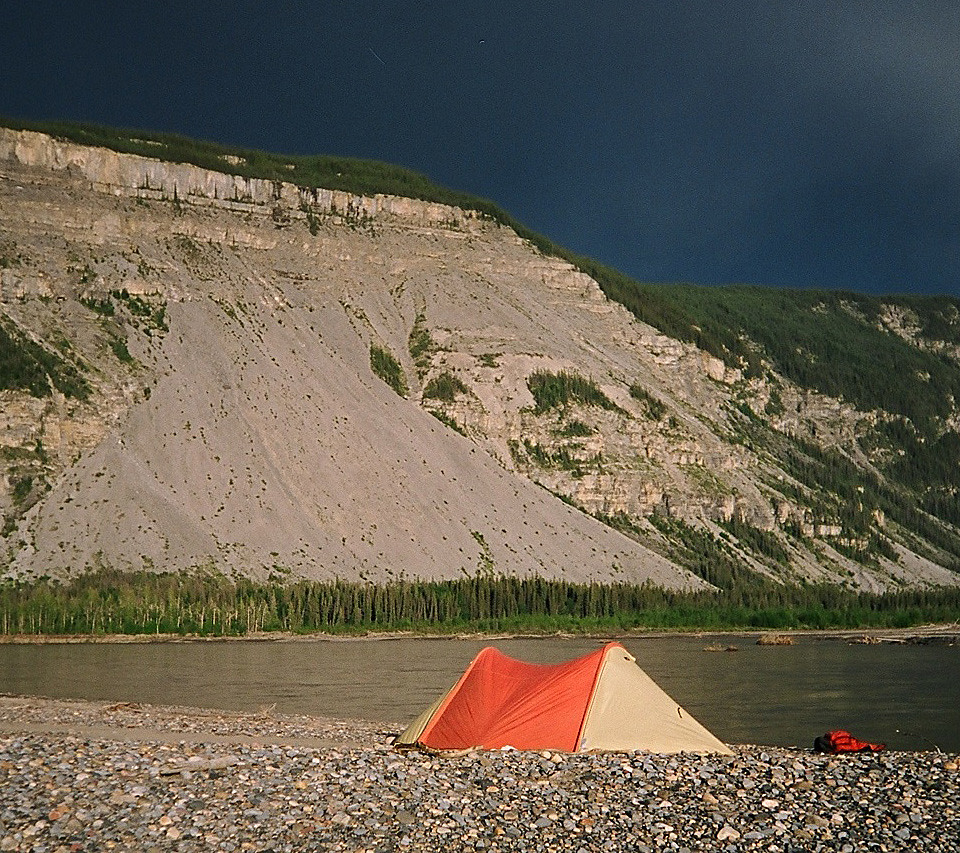
3. **The Sagging, Leaky Solo Tent (e.g., Gossamer Gear The One)**The Gossamer Gear The One is popular for solo ultralighters due to low weight, affordability, and spaciousness. However, these benefits often cost dependable performance, leading to regret. A frequent concern for “taller users” is difficulty “keeping their feet away from the walls of the tent.” In a single-wall design, this contact almost guarantees a damp sleeping bag, leading to uncomfortable nights and anxiety over wet gear failing to insulate.
The tent’s material choice, silnylon, significantly contributes to user anguish, as it has “a tendency to leak (and presumably also sag…) in the rain.” Silnylon absorbs water and stretches when wet, causing fabric to lose tension and reduce internal volume. A sagging, leaky tent compromises the very essence of shelter, transforming refuge into a miserable, damp experience. This fundamental failure in protection contradicts a hiker’s core expectation, forcing endurance of persistent discomfort.
Furthermore, structural vulnerability in adverse conditions deeply dissatisfies. “The One’s square-panel design will not perform as well in wind as tents with triangular panels.” This design makes the tent susceptible to flapping and instability in gusts, leading to sleepless nights and worries about damage. While offering an “affordable ultralight option,” cumulative dampness, sagging, and wind vulnerability often outweigh initial appeal. For those prioritizing unwavering reliability, these compromises mean this “One” was not the optimal choice.

4. **The Complicated, Large-Footprint Tent (e.g., Durston X-Mid)**The Durston X-Mid, celebrated for spaciousness and value, can still frustrate, particularly for those less experienced or on diverse terrains. A prominent criticism: it’s “complicated to set up.” While meticulously designed, the initial learning curve for a taut, stable pitch is steep, demanding patience weary hikers may lack. This complexity transforms evening routine into a taxing ordeal, undermining satisfaction from its innovative features.
Anguish significantly arises from the tent’s considerable spatial demands. The X-Mid “has a pretty large footprint,” with the 1P version needing “46.5 square feet under the fly.” This extensive requirement for flat, stake-friendly ground creates challenges during “campsite selection,” especially in rugged or densely forested areas. What’s intended as generous livable space paradoxically limits camp choice, leading to stressful searches and regret over shelter inflexibility.
Adding to these challenges, the X-Mid is “less accommodating of uneven ground than some other trekking pole tents,” further exacerbating “campsite availability” issues. A perfect pitch is difficult without ideal conditions. Even with “factory-taped seams, polyester fabric that doesn’t sag or absorb water,” and a “fly sets up first to keep the tent interior dry,” practical setup and siting struggles can overshadow benefits. For hikers prioritizing simplicity and adaptability, the X-Mid’s demanding nature often leads to wishing for a more forgiving shelter.

5. **The Emergency Bivy Mistake**In ultralight backpacking, pushing gear minimalism to extremes often results in painful lessons. Sam “Shade” Carter’s story, attempting a Triple Crown with an “emergency bivy for shelter,” highlights a critical point of anguish. An emergency bivy is for *survival* in unforeseen circumstances, not primary comfort or protection. Relying on such a minimal setup for thousands of rugged trail miles is a high-stakes gamble with well-being and resilience.
Direct consequences of radical minimalism can be severe. While the bivy didn’t cause Carter’s “injury to his big toe,” the general lack of comfort and robust protection exacerbates physical stresses. These shelters offer virtually no livable space—no sitting up, organizing gear, or true escape from insects or persistent rain. This turns recovery periods into endurance tests, leading to chronic discomfort and significant morale erosion, severely impacting a hiker’s journey.
Anguish from the emergency bivy mistake isn’t solely physical; it’s deeply psychological. Constant battle against elements, inability to find true refuge, and persistent awareness of inadequate equipment contribute to profound mental fatigue and vulnerability. While ultralight strategies aim for freedom, adopting an emergency bivy as primary shelter can instead induce pervasive regret. Hikers often long for basic security and comfort a moderately lightweight tent provides, underscoring that fundamental shelter should not be compromised.
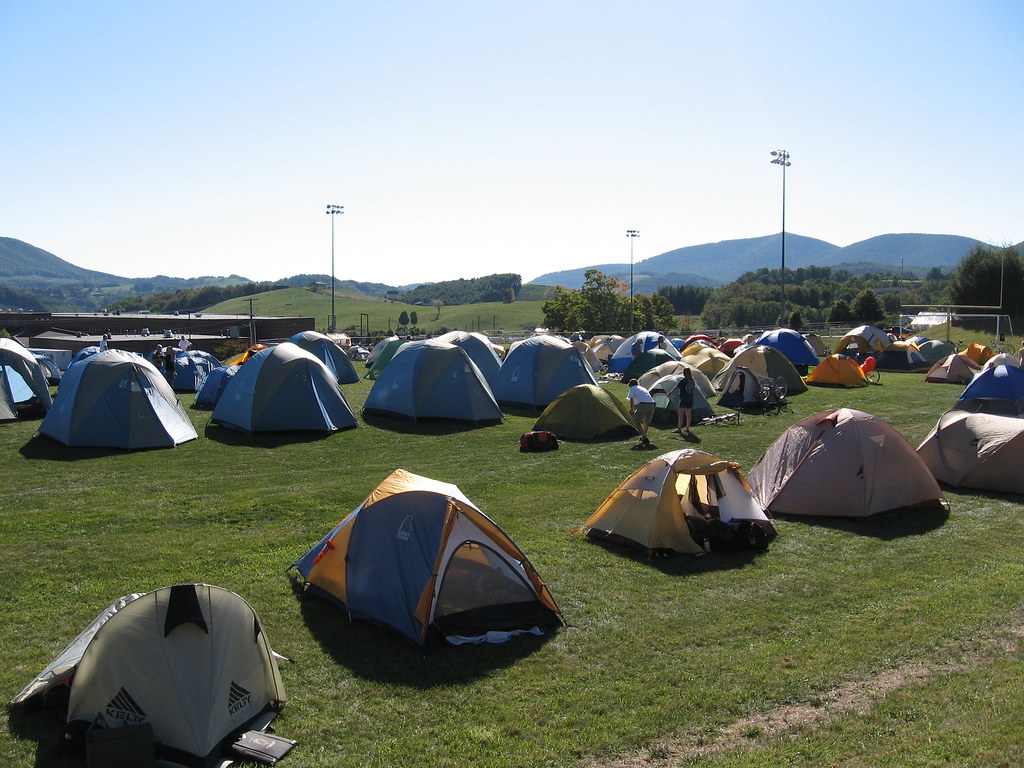
6. **The Overweight Tent**In backpacking, where every ounce affects endurance, selecting an excessively heavy tent is a common source of profound regret. “The best backpacking tents strike a balance between weight, cost, durability, livable space, ease of pitch, and stability.” When a tent fails significantly on weight, it becomes a persistent burden. Hikers often find initial appeal of a spacious or feature-rich tent diminishes with every mile, as cumulative strain saps energy and enjoyment.
Anguish from an overweight tent extends beyond physical fatigue; it impacts planning and the entire hiking experience. A heavy tent necessitates compromises in other pack areas, potentially forcing less comfort, reduced food, or omitted safety gear. This added weight slows pace, extending distances and reducing opportunities to appreciate nature. The constant awareness of significant bulk on one’s back becomes a draining mental burden, fostering a feeling of being encumbered rather than liberated.
Modern tent specifications, particularly “minimum trail weight,” are crucial. An overweight tent, especially with a high “packaged weight” (including forgotten stakes, stuff sacks), can mislead hikers, who only realize the true burden deep into their journey. This discrepancy between expectation and reality leads to disappointment, as the hiker acknowledges too late carrying an unnecessary load. The enduring feeling of being bogged down by a heavier tent is a common lament, often prompting an upgrade or a wish to have chosen differently from the start.
Following our unsparing examination of specific tent designs and critical shelter choices that have left hikers grappling with frustration and discomfort on the trail, we now turn our focus to broader tent attributes and performance shortcomings. These are the fundamental failures that often lead to profound regret, moving beyond individual tent models to general principles of what makes a shelter a source of anguish. From overlooked factors like excessive cost to fundamental failures in durability, interior space, pitch ease, and stability in adverse conditions, these are the deeper attributes that hikers often wish they had scrutinized more closely before their journey began. They represent the core compromises that, when made unwisely, can transform a promising adventure into a continuous battle against inadequate equipment.
Read more about: Beyond the Alarm: 13 Subtle Silent Heart Attack Signs Women Over 50 Must Recognize for Lifesaving Early Action
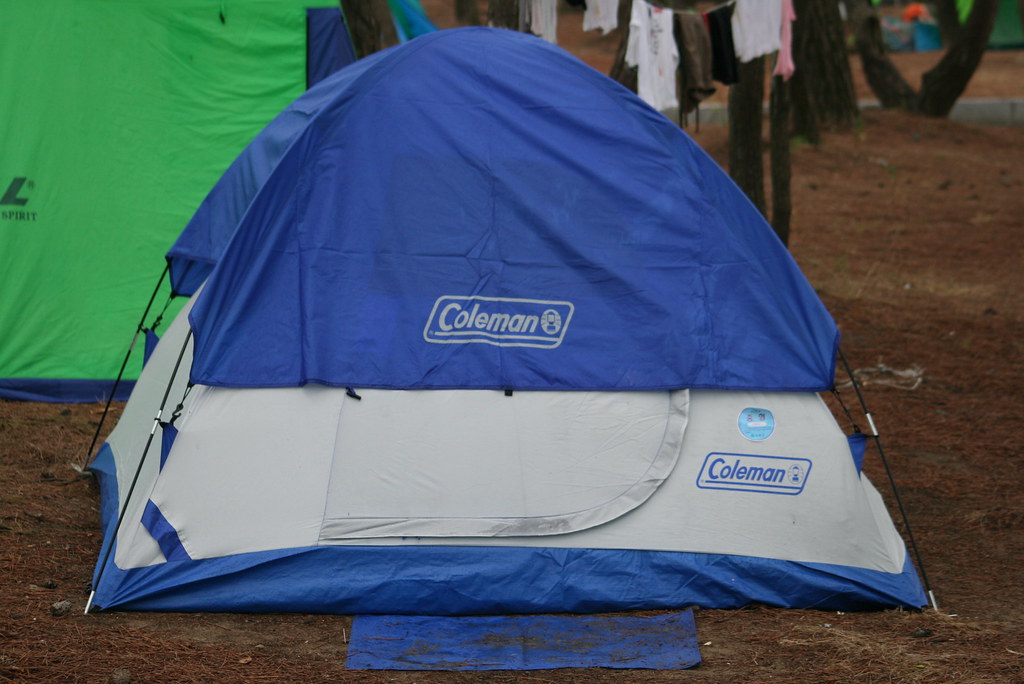
7. **The Tent That Fails on Durability**For any long-distance hiker, the notion of a tent failing mid-trail is a recurring nightmare. Durability isn’t just about longevity; it’s about the unwavering confidence that your shelter will withstand relentless use and unpredictable conditions. When a tent, despite its initial promise, succumbs to rips, broken poles, or compromised seams, the anguish is immediate and profound. This isn’t merely an inconvenience; it can expose a hiker to harsh elements, turning a planned night of rest into a desperate scramble for makeshift repairs or, worse, an early exit from the trail.
While some tents, like the Zpacks Duplex, are praised for their ‘rugged DCF construction’ and the Durston X-Mid for its ‘double-sewn seams’ and minimized seam count to improve ‘durability and weight efficiency,’ these examples highlight why durability is so critical. Hikers choose specific materials and construction methods precisely because they expect a resilient barrier against the wilderness. The disappointment sets in when a tent, despite its claims or price, proves to be fragile, leading to persistent worry over its structural integrity. This continuous anxiety significantly detracts from the peace and immersion that backpacking is meant to offer.
Failures in durability often manifest in critical areas, turning minor issues into major sources of regret. Zippers, for instance, are high-stress points; a snagging or failing zipper on a rain fly, as noted with the Big Agnes Tiger Wall, can quickly compromise a tent’s weatherproofness and accessibility. Similarly, pole integrity is paramount for freestanding tents. While the Zpacks Free Zip boasts ‘heavy-duty Easton Carbon 6.3 poles’ for a ‘very stable frame,’ a tent with weaker, less reliable poles leaves hikers constantly checking for cracks or bends, especially after a windy night, thus undermining confidence.
Ultimately, a tent that fails on durability is a betrayal of trust. It means carrying weight for something that doesn’t reliably perform its most fundamental duty: protection. This is why seasoned hikers emphasize researching fabric tear strength, pole materials, and seam construction, understanding that a seemingly small compromise in one area can lead to a catastrophic failure when it matters most. The regret from a tent that simply doesn’t hold up can linger long after the hike is over, influencing future gear choices with a newfound appreciation for true, unyielding toughness.
Read more about: Anguish on the Freeway: 15 Compacts Buyers Wish They Never Drove Off the Lot
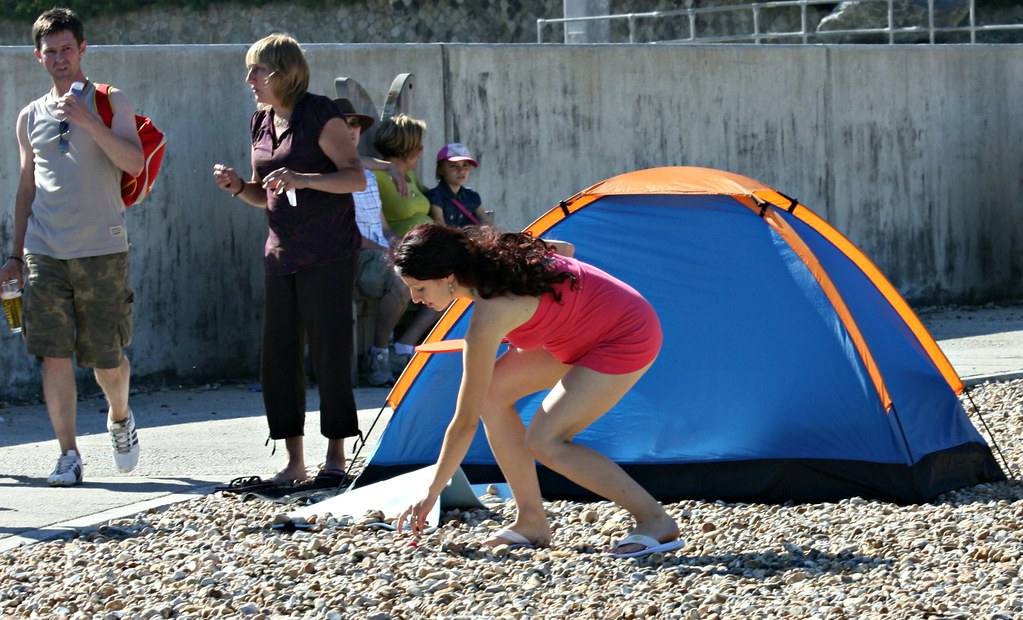
8. **The Tent with Inadequate Interior Space and Livability**A tent isn’t just a place to sleep; it’s your home on the trail, a sanctuary where you can escape the elements, organize your gear, and recover from the day’s exertions. When a tent consistently falls short on interior space and livability, it becomes a source of daily frustration rather than comfort. This goes beyond mere dimensions; it’s about functional space – the ability to sit up without hitting your head, to change clothes, to sort through your pack, or to simply exist comfortably during a long rain delay. The anguish here isn’t sudden, but a cumulative erosion of morale from cramped, uncomfortable quarters.
General tent criteria explicitly state that you ‘should be able to comfortably keep your sleeping bag away from tent walls to prevent dampness, and also get in and out easily, sit up comfortably, and have enough space (if hiking with a partner) where you don’t feel like you’re whacking them every time you move or put on a layer.’ When a tent fails to deliver on these basic expectations, hikers experience constant irritation. For ‘taller users,’ as noted with the Gossamer Gear The One, the inability to keep feet away from tent walls in a single-wall design almost guarantees a damp sleeping bag, undermining warmth and a good night’s sleep. This isn’t just about height; it’s a design flaw that limits usability for a significant portion of the hiking population.
Even tents that promise a balance of weight and space can disappoint. The Big Agnes Tiger Wall, for instance, offers ‘improved shoulder room’ but is ‘a tad smaller than the Copper Spur with less foot room,’ leading to a feeling of restriction. These subtle reductions in crucial dimensions accumulate over hundreds of miles, making a tent feel smaller and more confining with each passing day. The luxury of two doors and vestibules, lauded in tents like the Durston X-Mid, highlights just how much a lack of easy access and gear storage can detract from the overall experience, turning simple tasks into awkward contortions.
Moreover, the absence of functional internal pockets or adequate vestibule space can lead to a perpetually messy and disorganized interior, where items are constantly being stepped on or lost. While the Zpacks Duplex offers ‘Two mesh interior pockets’ and ‘two vestibules,’ tents lacking such thoughtful features force hikers to juggle gear inside their sleeping space, further diminishing livability. The regret here stems from the realization that saving a few ounces or dollars came at the steep cost of daily comfort and the ability to truly relax within one’s temporary home, leading to a pervasive wish for more room to breathe and simply *be*.

9. **The Tent That’s a Nightmare to Pitch**After a long day of hiking, often under challenging conditions, the last thing any backpacker wants is a complicated, frustrating tent setup. The promise of ‘ease of pitch’ is a critical factor in tent selection, yet many shelters prove to be a true nightmare to erect, transforming the evening routine from a simple task into a taxing ordeal. This anguish is particularly acute when exhaustion sets in, or when foul weather demands a swift, efficient setup to protect oneself and one’s gear quickly.
Specific models exemplify this frustration. The Zpacks Duplex, while celebrated for its ultralight qualities, ‘takes some getting used to,’ requiring hikers to ‘find a balance between trekking poles and guy lines, which can be challenging and changes every night.’ This means that achieving a taut, stable pitch isn’t a repeatable formula but a daily puzzle, often consuming valuable time and energy. Similarly, the Durston X-Mid, despite its innovative design, is criticized as ‘complicated to set up,’ with a ‘steep initial learning curve.’ This complexity, especially for less experienced hikers, can be a significant barrier to enjoying its benefits, creating a pervasive sense of dread each time camp is made.
Beyond sheer difficulty, some tents present fundamental design flaws that compromise protection during setup. The ‘body-first pitch’ of semi-freestanding tents like the Big Agnes Tiger Wall is a prime example. This design means ‘your tent interior will be exposed to rain when pitching until you can set up the fly,’ virtually guaranteeing a wet interior—including your sleeping bag—if caught in a sudden downpour. This isn’t just an inconvenience; it’s a critical failure in the tent’s primary function, forcing hikers to endure avoidable discomfort right from the start of their evening.
Even campsite selection can become a stressful part of the pitching nightmare. Tents with ‘pretty large footprint[s],’ like the Durston X-Mid needing ‘46.5 square feet under the fly,’ or those ‘less accommodating of uneven ground,’ make finding a suitable spot a significant ‘chore.’ The ideal of a ‘fast (and dry) pitch,’ as offered by some integrated fly-and-body designs, highlights the profound regret felt when a tent demands perfect terrain and meticulous execution, failing to adapt to the unpredictable realities of the wild. The cumulative effect of these pitching struggles is a tent that feels less like a reliable shelter and more like a daily tormentor.
Read more about: Beyond the Red Carpet: Unpacking Celebrity Endorsements in the Automotive Industry and the Brands Forging Their Own Path
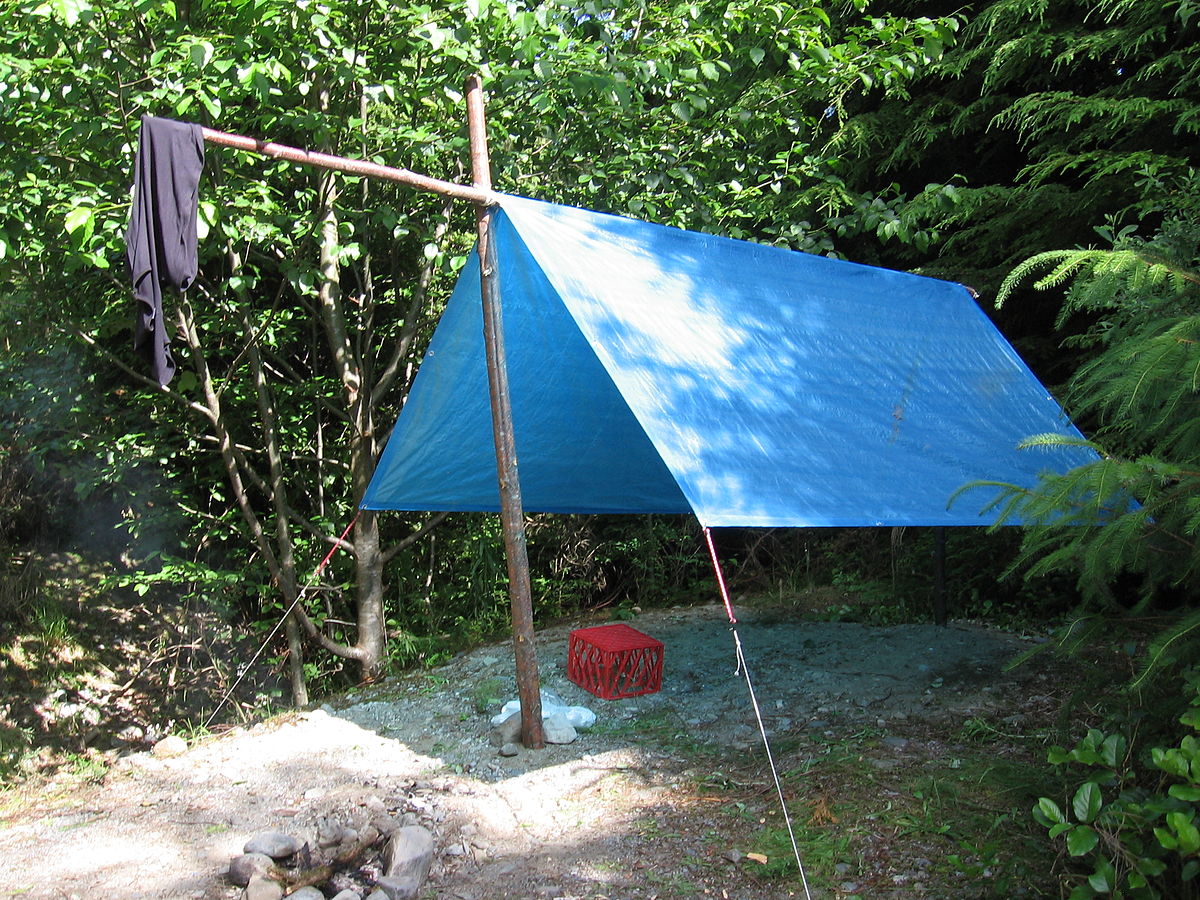
10. **The Tent That Bucks the Elements (Poor Stability or Weather Protection)**A tent’s most fundamental purpose is to shield you from the elements, providing a safe, dry haven in the face of nature’s unpredictability. Few things lead to more profound anguish on the trail than a shelter that fails spectacularly in adverse weather. Whether it’s persistent leaks, instability in wind, or pervasive condensation, a tent that ‘bucks the elements’ transforms what should be a secure retreat into a miserable, sleepless ordeal. This failure compromises not just comfort, but often safety, leaving hikers exposed and vulnerable.
Waterproofness is paramount, yet many tents disappoint. The Gossamer Gear The One, for example, made of silnylon, has ‘a tendency to leak (and presumably also sag…) in the rain.’ This isn’t just a minor drip; a leaky tent, especially one that sags as it absorbs water, compromises its structural integrity and reduces internal volume, leading to persistent dampness and the chilling fear of a wet sleeping bag. Similarly, ‘breathable in areas of high humidity’ is a key criterion, but chronic condensation, a ‘chronic issue’ for the Zpacks Duplex with its ‘A-frame walls,’ makes it ‘impossible to avoid brushing against this moisture,’ virtually guaranteeing wet gear and an uncomfortable night.
Beyond water, wind stability is a non-negotiable aspect of weather protection. Tents with designs less suited for gusts, such as ‘The One’s square-panel design [which] will not perform as well in wind as tents with triangular panels,’ lead to flapping, noise, and sleepless nights filled with worry that the tent might collapse. The Zpacks Duplex also faces criticism for its ‘large, square panel [that] moves too much to actually use in any wind without (the extra two stakes),’ underscoring how specific design choices can render a tent vulnerable in challenging conditions. The longing for a truly ‘stable in snow’ and wind-resistant shelter becomes acute when battling a storm.
When a tent fails to provide robust weather protection, every storm becomes an endurance test. The mental toll of constant worry over leaks, flapping fabric, or an inner tent soaked from condensation is immense. Hikers regret choosing a tent that required them to ‘endure persistent discomfort’ rather than providing reliable refuge. The sophisticated weather-shedding features of tents like the Durston X-Mid, with its ‘polyester fabric that doesn’t sag or absorb water,’ ‘steep roof panels that shed snow easily,’ and ‘double-wall design and large mesh storm vents that minimize condensation impacts,’ highlight the ideal, making the shortcomings of less protective tents all the more apparent and regrettable.
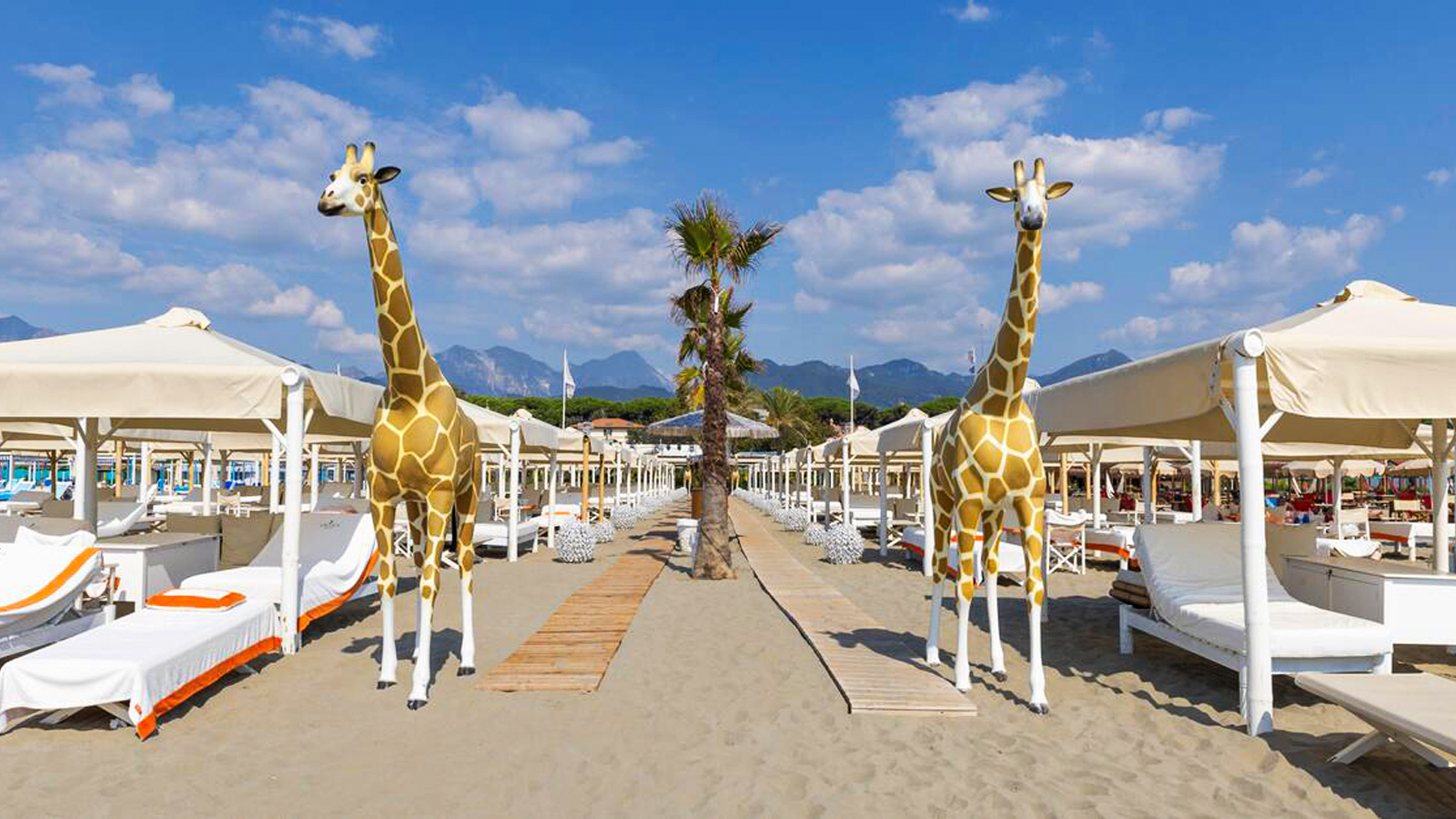
11. **The Overpriced Tent That Disappoints (Poor Value)**In the world of backpacking gear, cost is always a consideration. While hikers are often willing to invest significantly in a high-quality tent, the anguish truly sets in when an ‘overpriced’ shelter fails to deliver on its promise of superior performance or features. This isn’t merely about a ‘hefty price tag,’ as mentioned for the Zpacks Duplex; it’s about the deep-seated regret of spending a substantial sum, only to find the tent riddled with compromises or underperforming basic functions. Value, or the lack thereof, can be as frustrating as any physical flaw.
Some tents present ‘traumatic’ price tags, like the Platinum version of the Big Agnes Tiger Wall, tempting hikers with marginal weight savings at an exorbitant cost. The expectation with such an investment is often perfection, or at least a significant leap in performance or comfort. When these high-priced tents still exhibit common flaws—awkward entry, minor snags, or vulnerability during pitching—the discrepancy between cost and actual utility becomes a bitter pill to swallow. This leads to the painful realization that the premium paid did not translate into a premium experience.
Conversely, the joy of finding an ‘affordable ultralight option’ like the Gossamer Gear The One, or recognizing the ‘better bang for your buck’ offered by the Durston X-Mid, underscores how sharply felt the regret of poor value can be. Hikers understand that ‘The best backpacking tents strike a balance between weight, cost, durability, livable space, ease of pitch, and stability.’ When one of these factors, especially cost, is heavily weighted without a corresponding benefit in the others, the decision feels regrettable. The Zpacks Free Zip, with an MSRP of $899, exemplifies a high-end investment; if such a tent were to underperform its core duties, the disappointment would be magnified significantly.
Ultimately, an overpriced tent that disappoints is a double blow: it drains your wallet and undermines your trust in gear. Hikers often wish they had prioritized thorough research into true performance-to-price ratios rather than being swayed by marketing or perceived prestige. The lasting regret is not just about the money spent, but the wasted opportunity to have invested in a shelter that genuinely enhanced, rather than hindered, their wilderness adventures. It’s a poignant lesson that value extends far beyond the initial price tag; it’s about how much anguish that investment prevents on the trail.
The journey through the wilderness is an profound teacher, and often, the most valuable lessons are forged in the crucible of discomfort and regret. While the allure of ultralight gear and innovative designs is strong, the experiences shared by hikers across countless miles reveal a clear truth: compromising on the fundamental attributes of a tent—its durability, livability, ease of pitch, and protection against the elements—inevitably leads to anguish. These are not minor inconveniences but core failures that can profoundly impact safety, morale, and the overall enjoyment of the trail. As we’ve explored, the cumulative effect of a tent that sags, leaks, is a struggle to set up, or offers inadequate refuge, transforms the dream of a seamless wilderness experience into a persistent battle against one’s own gear choices. Let these shared experiences serve as a guiding light for future adventurers, emphasizing that a truly reliable shelter is not just about what it promises on paper, but how steadfastly it performs when the wild demands its absolute best. Choosing wisely means not just avoiding regret, but embracing the true freedom and peace that a dependable home away from home provides, ensuring your time on the trail is one of joy, not anguish.



